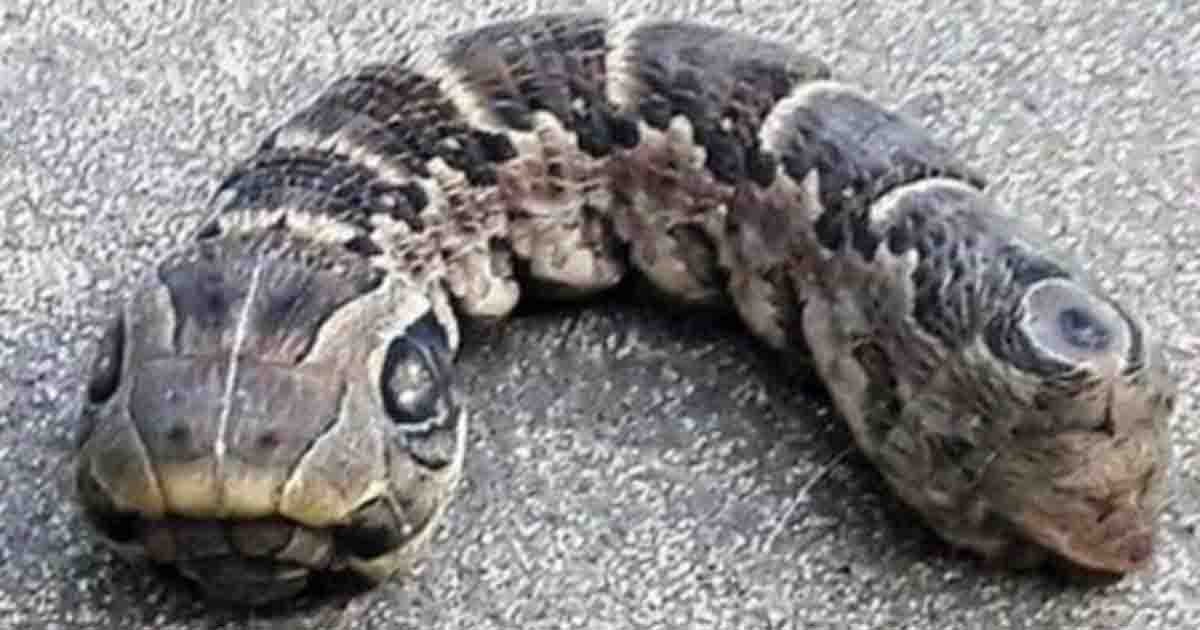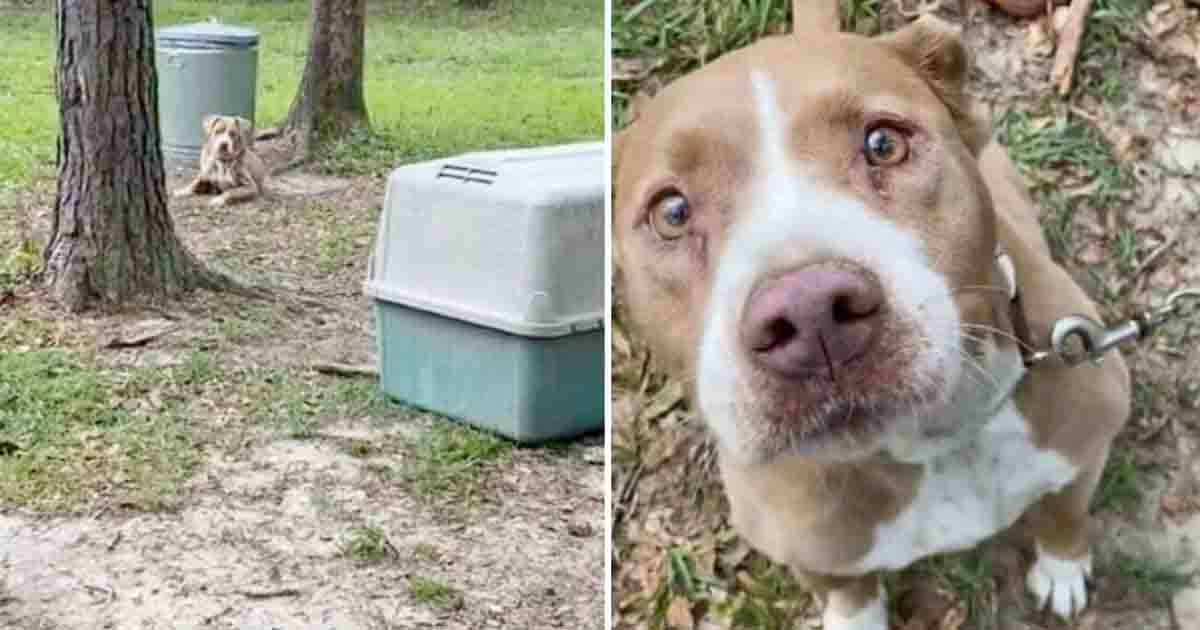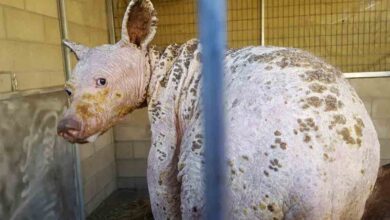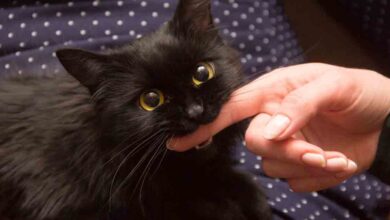Elephant baby steals the show by tickling a reporter who was filming a report
Stories of animals interrupting journalists as they report are a common occurrence.
In as much as journalists have to go about their business of reporting when this happens, sometimes they can’t help but interact with animals who at times seek their attention.
When journalists are reporting from animal orphanages or forests some keep calm to avoid agitating animals while some pat animals when they crave their attention.
An elephant calf was caught on camera tapping the nose of Kenyan Journalist Alvin Kaunda as he was reporting.
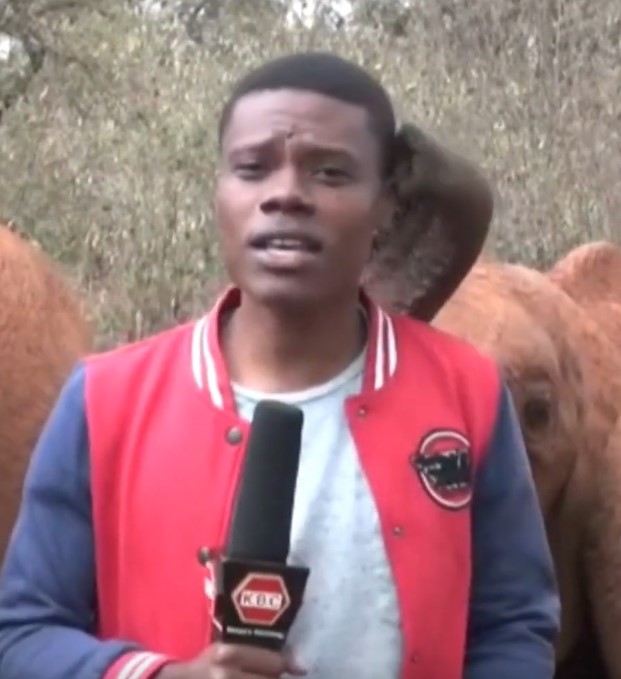
Alvin who was reporting from the Sheldrick Wildlife Trust in Nairobi tried to keep calm at first when the baby elephant stretched its trunk to his nose.
In his viral recording, Alvin is heard reporting about how human activities destroy the balance of the ecosystem. “With the rise in drought cases, it is up to us to be guardians of our natural world.”
“While watching these adorable animals interact with humans is fun, it is a test for TV reporters to keep their calm.” Reports UpWorthy news.
As Kaunda tries to go about his business, the baby elephant distracts him again and puts its trunk in his mouth. The journalist can’t keep his cool and starts laughing since he feels ticklish
Speaking about the experience, Kaunda told ABC 7,

“At first I felt the elephant trunk’s contact on my back but decided to keep going because I was doing the almost 10th take of my piece to camera.” I wasn’t gonna let anything stop me. Until the baby elephant stuck its trunk in my mouth.”Narrating about the experience, Kaunda explained that he did not expect that the trust would allow the baby elephants close to him.
Read Also: Deaf baby is joyous when she hears mum say ” I love you ” for the best time
Sheldrick Trust raises baby elephants in their Nairobi-based Nursery and releases them to the wild when they are old enough to fend for themselves. The trust which mothers the young elephant offers them with unconditional and emotional love that is essential for their growth.
Watch the video below to learn more about the story:


